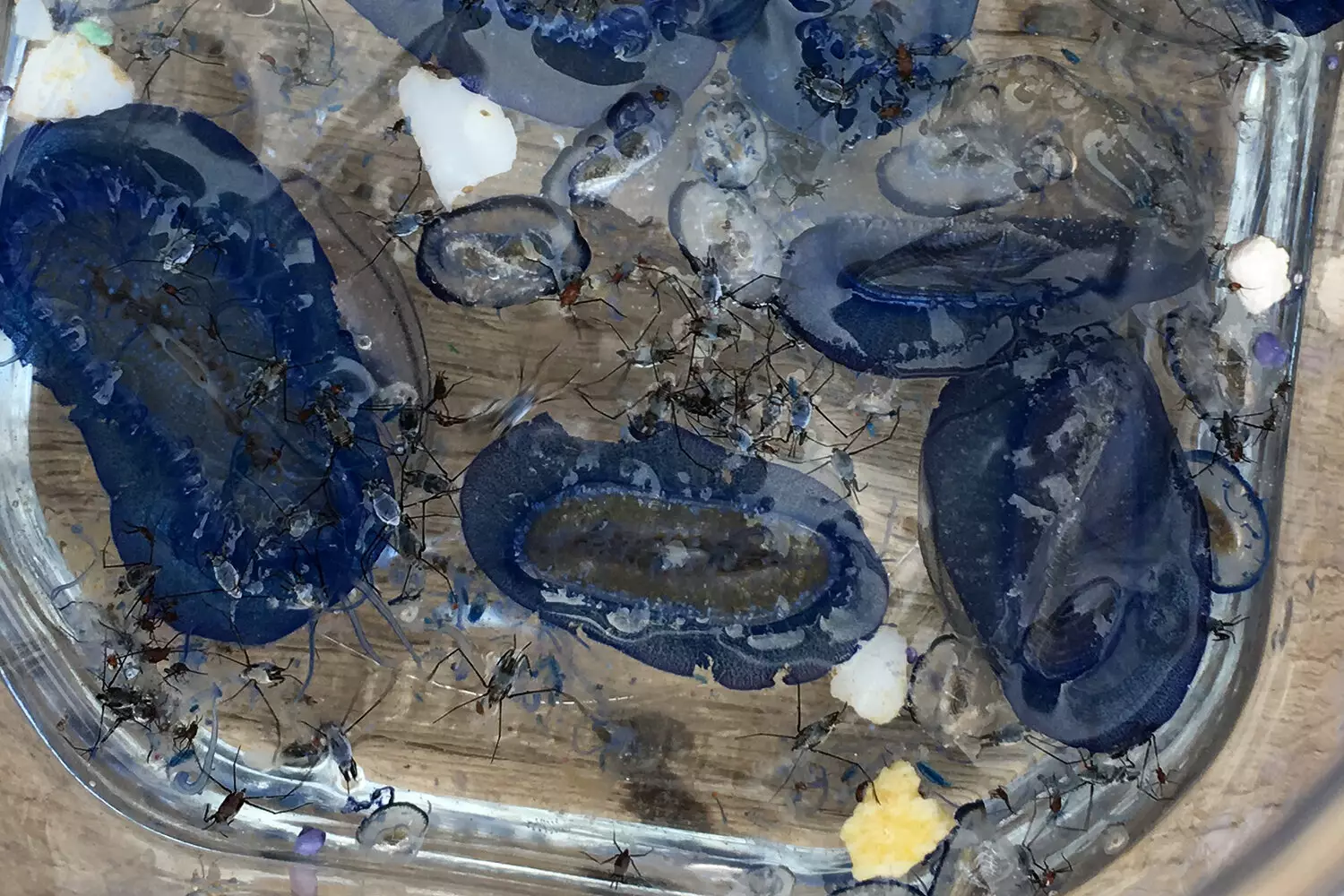Plastic pollution in the ocean is a serious problem that continues to escalate. Millions of tons of plastics find their way into the ocean each year, resulting from various sources such as rivers, wind, shipping, and fishing activities. As plastic waste gradually weathers and disintegrates into small particles, marine animals are at risk of ingesting these harmful materials. The balance of marine ecosystems is disrupted, and the entire ocean ecosystem is under threat. Research conducted by the Helmholtz Centre for Environmental Research (UFZ) and the Alfred Wegener Institute Helmholtz Centre for Polar and Marine Research (AWI) has shed light on the widespread distribution of plastics in the ocean and the urgent need to stop global emissions of plastics into the ocean.
A team of researchers led by Prof Annika Jahnke embarked on a five-week expedition aboard the German research vessel “Sonne” to study the distribution of plastics in the North Pacific Ocean. Utilizing a prediction model to identify areas with high plastic loads, the researchers conducted sampling in both well-researched regions like the Great Pacific Garbage Patch and unexplored zones such as the Papahānaumokuākea Marine National Monument. Two methods were employed to determine the quantity of plastics present: a litter survey for visible plastic items and neuston nets for collecting samples of microplastics less than five millimeters in diameter.
One of the key findings of the study was the relationship between the weathering state of plastic particles and their transport across the ocean. As plastics are exposed to sunlight, wind, waves, and seawater, they weather and break down into smaller fragments. Larger non-degraded plastic items are more prevalent near the source of entry into the sea, while smaller and more weathered particles are found farther away. The researchers discovered significant quantities of plastics, including microplastics, in the remote marine protected area northwest of Hawaii, challenging previous assumptions and highlighting the extensive distribution of microplastics across the oceans.
The research findings emphasize the urgent need for action to combat plastic pollution in the ocean. With the proposal of a global Plastics Treaty by UN member states, there is hope for a legally binding agreement to address plastic pollution effectively. Scientists advocate for reductions in plastic production, the promotion of reuse systems, and improvements in the chemical composition of plastic products to enhance safety, reuse, and recycling rates. The issue of plastic pollution transcends known accumulation areas and poses a significant threat to the entire ocean ecosystem. It is crucial to raise awareness, implement sustainable practices, and work towards a cleaner and healthier marine environment for future generations.



Leave a Reply